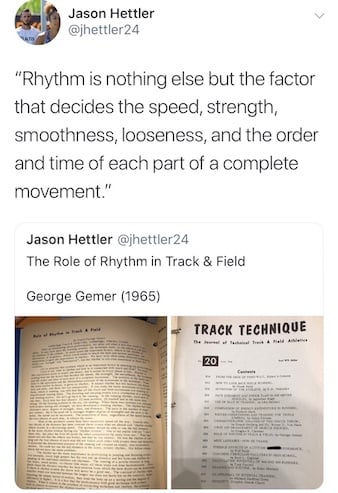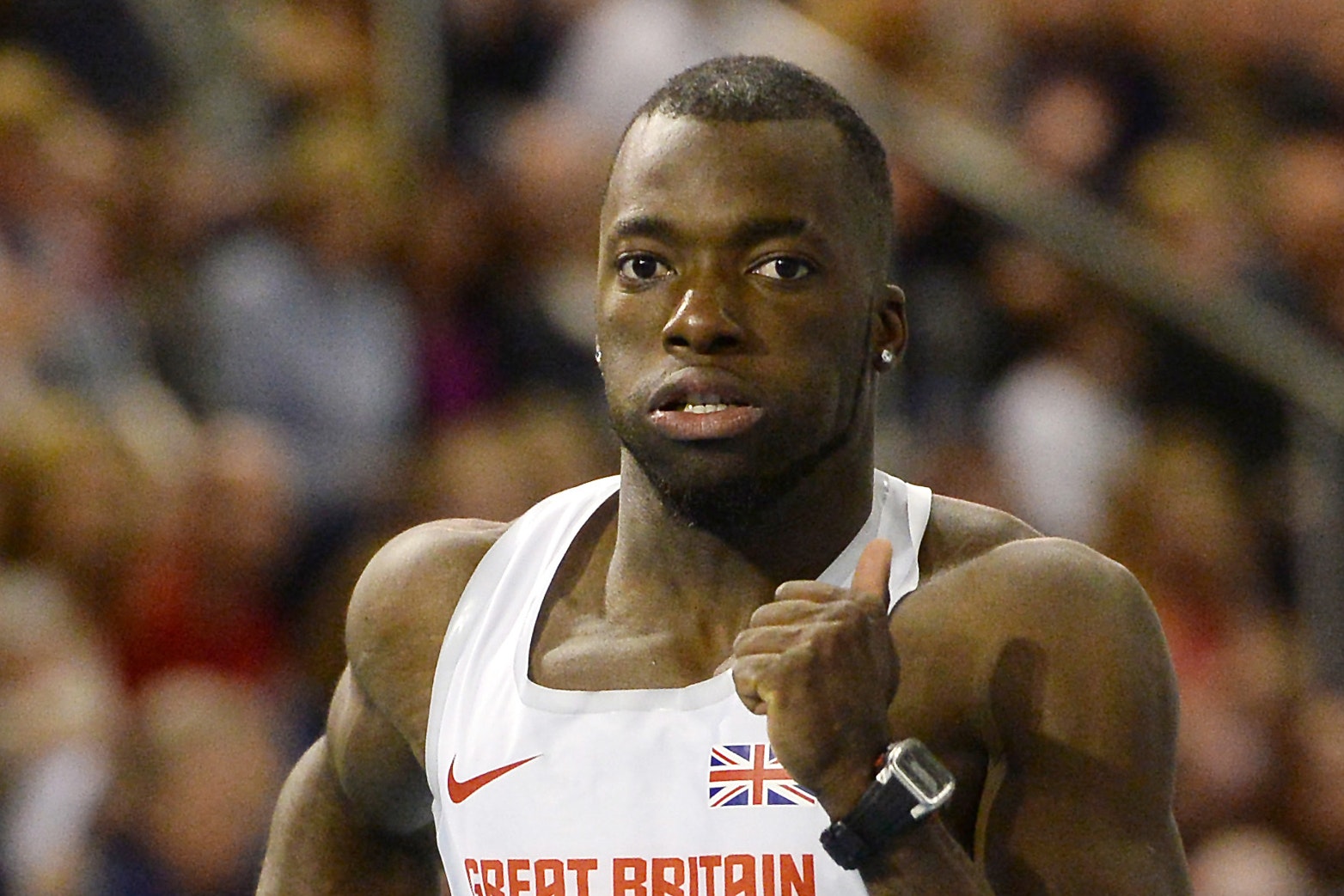
“Time is an illusion, timing is an art.” – Stefan Emunds
Timing is everything. And as many of us have experienced in past relationships, even if everything is in place, it still must be the right time – and this goes for most everything we do in life. This timing is also crucial in human movement; how quickly you can run at top speed, or increase bat velocity, or even approach faster to a maximal vertical jump.
In movement, rhythm may best be understood by looking at the nervous system’s role in muscle contraction and relaxation. We know that strength can be an important factor as it relates to movement, but great absolute strength (as defined by a high squat 1RM) is not the end all be all. How this strength can be expressed in different movements ultimately relies on the efficient timing of muscle contraction and relaxation, including necessary moments of co-contraction and reciprocal inhibition. When does a muscle contract, when does it relax, and for how long? At times groups of muscles need to contract simultaneously to create stability. While other times this co-contraction is equivalent to driving with the brakes on, and this lack of rhythm doesn’t allow for the most efficient path to movement. An individual who is “weight room strong,” but lacks the skill to efficiently express this strength is missing perhaps the most overlooked skill when it comes to movement efficiency: RHYTHM. We can train the structural elements of muscle and tendon to be stronger, but the nervous system is the link to efficiently express this strength (or not).
Probably the best rhythm example is hearing your footsteps when you sprint, or even your last 2 steps of an approach jump. Regardless of your sport, the warm-up is the perfect time to fine-tune the rhythm of your ground contacts, almost like a musician with a guitar. For our athletes at Sparta, we “turn on” the body through a group of movements that we refer to as our Rhythm Movements such as skips, particularly emphasizing the area of the foot that strikes against the ground. In doing so, we can really start off the session with focus and precision in movement, replacing an often lethargic, barren attempt at a warm-up.
It is often tempting to jump right into strength work, but never underestimate the importance of fundamental rhythmic skill movements like skips and base rotations. It comes down to “turning on” the systems that control efficient force production into the ground (GRF). More specifically, the nervous system, muscular system, and energy systems. Not only will they prepare your central nervous system for your lifting, but they are a key link between the strength that you develop in the gym, and the skill that you are able to display on the field or court.
“Rhythm is felt, not understood.” – Eric Stevens

Another great way to visualize rhythm is by watching an 100m sprinter in a race. They are aggressively putting as much force into the ground as is physically possible to get to max velocity, yet their relaxed facial muscles flap with the wind. This relaxation allows for less co-contraction; improving rhythm and overall movement efficiency. Our ability to relax a muscle quickly is just as important as our ability to contract a muscle forcefully. Combining these two effectively is key.
As a former strength and conditioning coach at the professional level, I must admit that teaching high-level athletes to relax and skip to start their training is not always an easy task. How does this help me hit more home runs? They have to be willing to fail, and even look stupid to an extent, both which are hard for talented athletes to do initially. That being said, educating the athlete on force, the actual expression of it, and how that relates to their sport is imperative. Rhythm and skill work are the two most important pieces to making athletes who they are – and this can’t be stated enough.
Train your CNS. The warm-up is a great place to start.
Rhythm is a skill that can be developed and improved through repetition.
Rhythm may be the missing piece in athletic development as it relates to movement efficiency, fatigue, performance, and even injury.